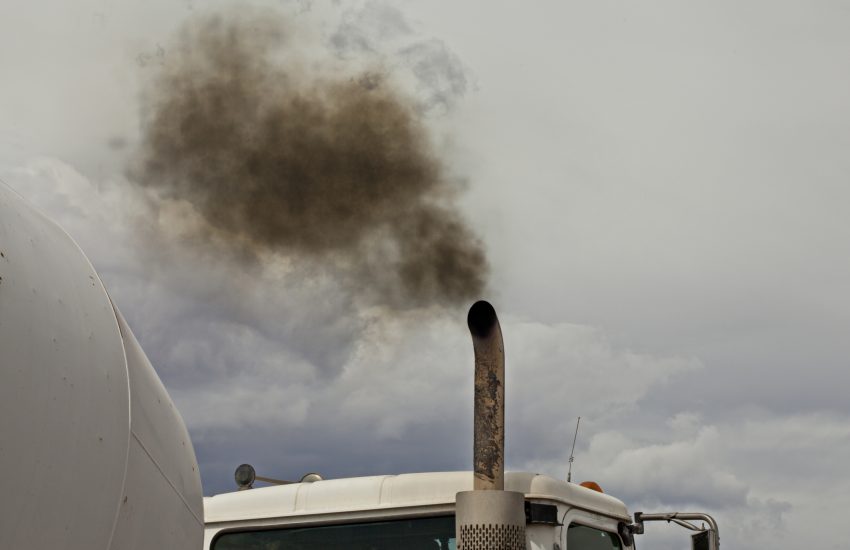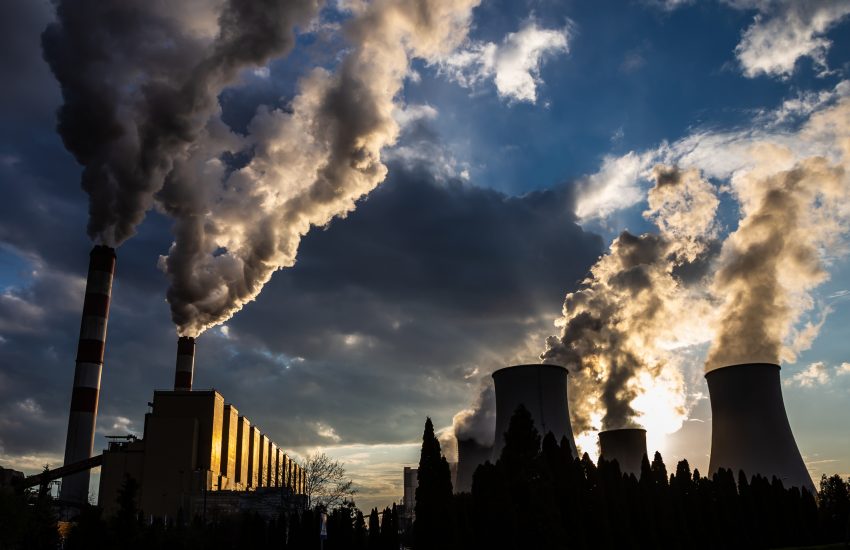Anything that reduces fuel emissions has to be good for the environment, right? WRONG!
The D.C. Circuit Court of Appeals is facing precisely this seeming anomaly, being asked by the Center for Biological Diversity (“CBD”) this past Wednesday to “review” (read: “halt” or “stop”) the Biden administration’s fuel blending standards, which they claim are a risk to endangered species.
For context, we go back 17 years to when the EPA enacted the Energy Policy Act of 2005, which required transportation fuels like gasoline and diesel …
Continue Reading









